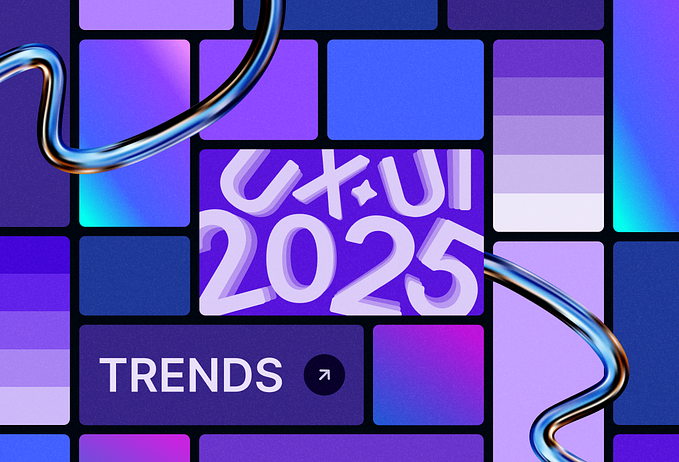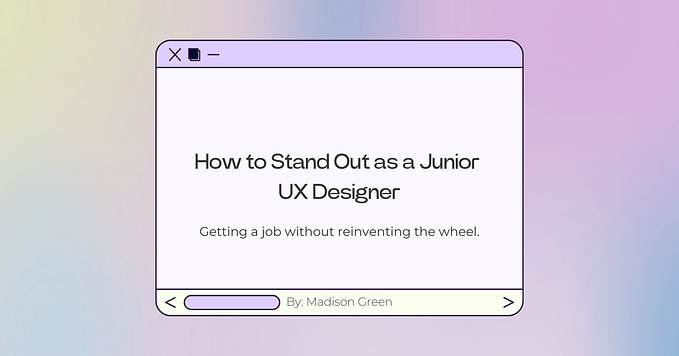Member-only story
Power of Emotional Design: The Secret to User Engagement

Making interfaces that are both aesthetically beautiful and practical is no longer sufficient in the rapidly changing field of UI/UX design. These days, designers want to engage people emotionally in order to create stronger bonds with them.
What is Emotional Design?
The goal of the design methodology known as “emotional design” is to make goods that arouse particular feelings in the user, improving their pleasure and experience. Developed by Donald Norman in his book “Emotional Design: Why We Love (or Hate) Everyday Things,” this idea highlights that design is about more than simply utility and usability — it’s also about the relationships and emotions it creates.
Norman identifies three levels at which emotional design operates:
- Visceral: The initial, instinctive reaction to a design, often influenced by aesthetics.
- Behavioral: The experience of using the product, focusing on usability and functionality.
- Reflective: The deeper, long-term emotional connection and personal meaning users attach to the product.
Making Designs That Speak to Particular Feelings

Emotion-conscious design demands a deliberate and planned approach. To produce emotionally compelling designs, consider the following crucial tactics:
1. Recognize Your Audience
The basis of emotional design is an understanding of your target audience. Understanding your users will help you develop interfaces that they will find incredibly appealing.
- User research: Learn as much as you can about the requirements, preferences, and problems that your users are facing. This can involve usability testing, interviews, and surveys. You can create solutions that specifically target the emotional triggers that your consumers find frustrating by getting to know what matters to them and what irritates them.
- Personas: Create thorough personas that represent your intended…









